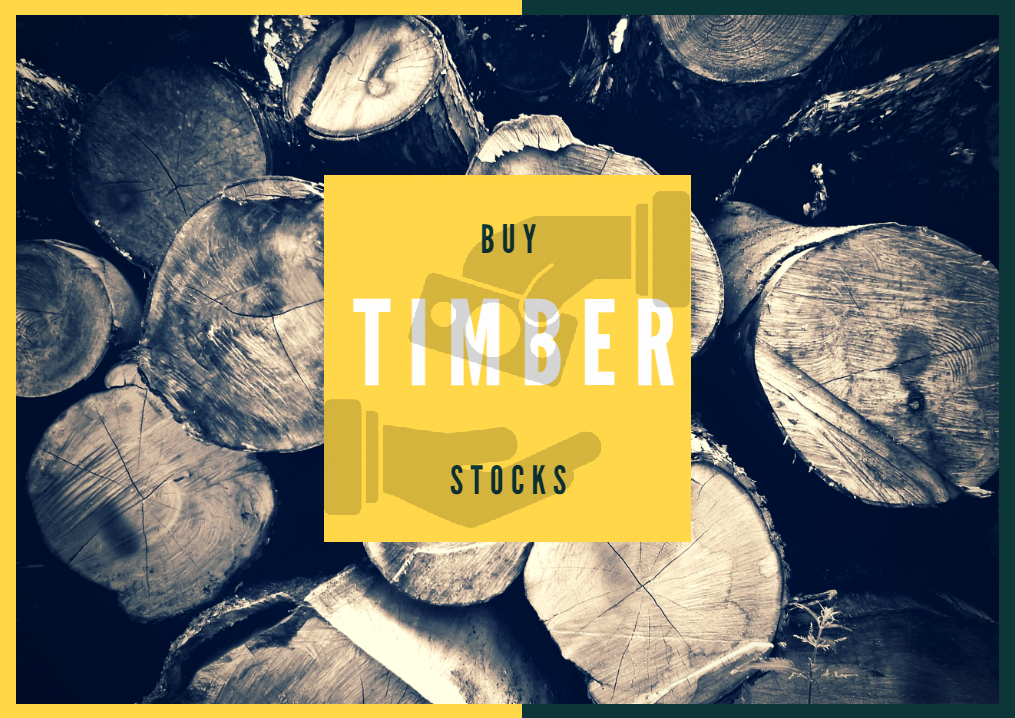How to Invest in Timber/Wood
The woodland area in the United Kingdom in 2016 is 3.16 million hectares with 1.35 million hectares independently certified as sustainably managed with six thousand hectares of new woodland created in the UK in 2015-16.
10.8 million green tonnes of UK softwood and hardwood were delivered to primary wood processors and others in 2015. The UK still imports more than 60 per cent of the timber that the country uses. The biomass industry is likely to be a key driver for further growth.
Why you should invest in timber
The IPD UK Annual Forestry Index reports that over the 10 years to 31 December 2015, UK commercial forestry has generated annualised returns of 18.4 per cent to those savvy enough to invest in timber. With no years of negative returns, timber has outperformed all other traditional and alternative asset classes.
UK forestry also offers tax benefits. Income derived from selling timber is tax free and the increase in the value of the trees is exempt from capital gains tax. In addition, the whole investment is exempt from inheritance tax after two years of ownership.
Ways to invest in timber
Timber ETFs
There are multiple funds that invest in stocks classified within the timber industry. One ETF choice is the iShares S&P Global Timber & Forestry Index Fund (WOOD). This ETF is global in nature, offering exposure to several stocks in many different countries. Another option is the Guggenheim Timber ETF (CUT), a similar ETF that is also global in nature. CUT is tilted more heavily to international stocks.
Timber Futures
Those wishing to invest in timber through futures will find there is not as large a market as for other resources. Timber futures do not hold as much concern regarding liquidity as other resources. One option is Random Length Lumber Futures, which trade on the CME. Also traded on the CME are futures contracts for Softwood Pulp and Hardwood Pulp, though these markets can be very thinly-traded.

How to buy timber stocks
Investors looking for timber exposure may want to consider investing in stocks of companies that are involved in the timber and forestry industry. Companies related to this industry can include forest products companies, timber REITs, paper products companies, packaging companies and agricultural products companies. There are a number of companies engaged in various aspects of the timber industry.
One of the ways to invest in timber is through forestry funds, such as those offered by FIM and Stellar Asset Management. These closed-end funds require a minimum investment of £40,000, have initial charges of two percent and a 0.5 – 0.75 percent annual management fee. The first FIM fund was started in 2008 and has delivered steady returns of 12.6 percent a year. The money is tied up for the lifetime of the fund and the only way to exit the fund early is to find another investor willing to buy. Forestry investment schemes are not covered by the Financial Conduct Authority so there is no protection from the Financial Services Compensation Scheme.
The benefits of investing in timber
One of the most compelling reasons to invest in timber is the ability to enhance risk/return characteristics. In addition to being an excellent portfolio diversifier and inflation hedge, and however you invest in timber, the returns are equal to or better than other asset classes. Here are some other benefits of investing in timber:
Demand for paper is also growing as increasing legislation encourages recyclable or disposable paper packaging and renewable energy sources.
Woodland prices remain relatively cheap, with good blocks available at fair prices in the north of England, Wales and Scotland.
For parents wishing to pass on money to their children, the inheritance tax (IHT) advantages are excellent and the tax regime overall, from capital gains through to income tax, is very favourable. Planting grants can help defray necessary costs, such as fencing, trimming and insurance.
Current expectations of initial returns are around 5-8 percent a year over a 20-year period.
The forest owner can choose when to sell, depending on personal requirements and market prices.
A forest is an asset to be enjoyed however you wish.
